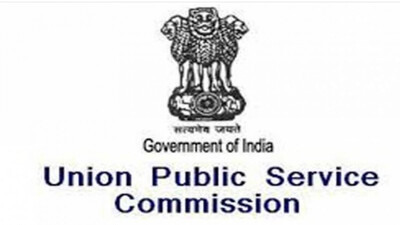Recommended Stories
Bhubaneswar: Even as the State Government readies to roll out yet another farm policy betting big on inclusive farm growth and higher farm income to ensure a sustainable, stable and scalable farm growth, the draft report of the 2019 farm policy, however, shows how the basic drag-factors that are essential for achieving the aforesaid goals still manifest conspicuously in the State.
While the prime drag-on factors like low productivity, poor seed replacement rate, lower cropping intensities and poor fertilizer usage identified in the State since 2008 farm policy linger on, the State government now heavily banking on its KALIA scheme, which it calls a disruptive plan, coins another acronym for farmers' SAMRIDHI in the State.
The draft of the 2019 farm policy focuses on SAMRIDHI of farmers, where the consonant 'S' focuses on leveraging science and technology in farming and the vowel 'A' calls for adaptation to the challenges of climate change, 'M' assures the farmers of facilitating an access to markets (domestic & global), 'R' calls for optimum use of resources to enhance productivity.
And the vowel 'I' emphasizes on providing enabling infrastructure to the farmers, while consonant 'D' promises diversifying of farming in the State, 'H' highlights need to upgrade skills of farmers and vowel 'I' swears by strong farm-related institutions.
Terming the KALIA a disruptive scheme, the draft policy bets big on a calibrated approach to the scheme in the next five-years to have optimum results in increasing farm productivity, raising incomes of farmers and landless labourers.
The State government sees it as disruptive to the extent that it addresses some capital needs of farmers, especially small and marginal, who for the want of capital rely on private money-lenders.
The draft policy advocates for a third party evaluation of the KALIA scheme for reviewing its key performance indicators.
While conceding the KALIA scheme as not panacea for the farm ills, the draft policy calls for addressing the main farm worries plaguing the State's agriculture sector since decades.
The prime lagging farm factors that will really decide the rise in farm income and inclusive farming are: higher seed replacement rate, pest control & management, increased fertilizer usage, which together help in raising the productivity of the crops. Because, with fragmentation of the farm land, the landholding size is on the descent in the State. Only an increased productivity will augment farm income, the draft report observed.
The draft report also flagged concern over farmers quitting the profession. It was observed long ago that as farming a small piece of land proves costlier, many cultivators quit farming.
However, laying emphasis on the main factors of farming is nothing new. The 2008 and 2013 farm policies had also stressed on these factors. A reality check doesn't show any enthusiastic outcomes.
Sample the following. The paddy seed replacement rate in 2012 was 22 per cent, it hovers at around 32 - 35 per cent in 2018. How badly the State is lagging behind is evident from the fact that state like Jammu &Kashmir has a paddy seed replacement rate of 44 per cent. This is so when paddy is the main crop in Odisha.
Similarly, the consumption of fertilisers in the State is around 65 Kg per hectare, which is among the lowest in the country. The district-wise consumption is very erratic. It ranges from 137kg/hect to 13kg/hect in Kandhamal.
The state of pest control is still fresh in the memory post the Chakada disaster in 2016-17.
The solutions for these ills prescribed in the 2019 draft report are almost the same as in 2013 Farm policy.
The Bottomline: All eyes are on the implementation part of the draft report.













